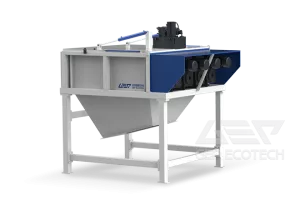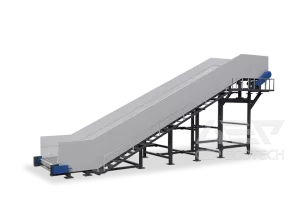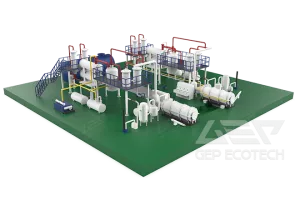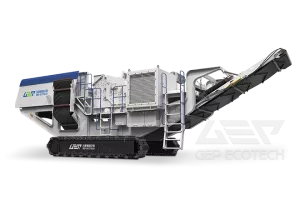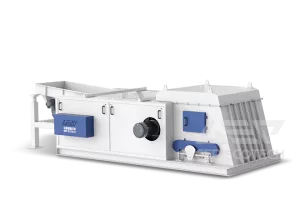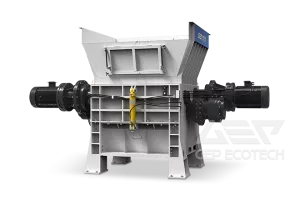Stale waste, also known as landfill waste, is the product of the natural evolution of waste over a longer period after it has been landfilled. After years of microbial decomposition and fermentation, it usually has a high-water content and low organic matter content. Landfill is the more mainstream waste disposal method in China since the 1970s. After more than 50 years of sedimentation, landfills across the country have accumulated an inexhaustible amount of stale waste!
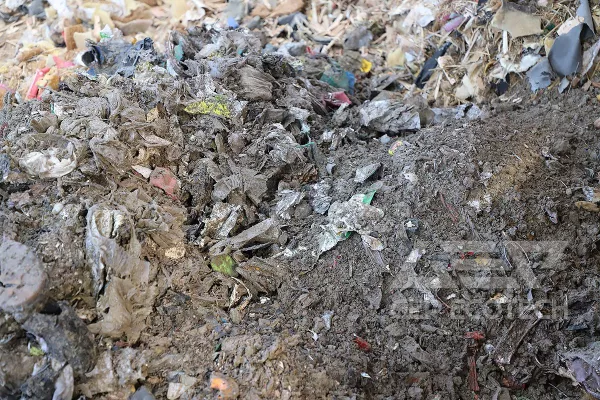
In February 2022, the Ministry of Ecology and Environment issued the "Pollution Control Standards for Domestic Waste Landfills (Exposure Draft)", which once again revealed the urgent problem of landfill management, and the problem of waste incineration plants "not being able to eat enough" caused by over-expansion of the construction in some areas is also becoming increasingly serious, coupled with the increasing trend of waste resource utilization, the comprehensive management and reuse of obsolete waste has gradually become the focus of attention of all stakeholders.
The significance of integrated management and reuse of stale waste
- The landfill capacity can be substantially restored, and the landfill site can also be ecologically restored and used for other purposes, thereby alleviating the increasingly tense land resources.
- Can eliminate the landfill on the surrounding environment and groundwater pollution potential, improve the ecological environment.
- Recyclable resources can be obtained and recycling of resources can be achieved. The combustible light materials in the constituent materials of aged waste can be used for incineration for power generation; inorganic slag gravel can be used as building materials; humus can be used as soil for ecological restoration and greening substrate, agricultural soil, and construction soil; and metals are suitable for recycling.
In summary, the integrated management and reuse of obsolete waste will realize enormous environmental, economic, and social benefits.
Resource utilisation of stale waste
Stale refuse cannot be incinerated directly after it has been excavated. As mentioned before, stale rubbish not only has high water content, but also has high soil content and impurity content, which will reduce the calorific value of the boiler if it is directly incinerated in the furnace. According to the feedback from the customers who cooperate with Jie Pu, the incineration of stale rubbish directly into the furnace will quickly pull the furnace temperature from 1050℃ to 700℃-800℃, and to completely eliminate the dioxin and other toxic substances, the furnace temperature must reach more than 850℃. It can be seen that this practice is never feasible.
How to dispose of stale waste is technically feasible and economically reasonable resource utilization? Let's look at how GEP does it.
Unlike industrial wastes, construction wastes and agricultural and forestry wastes, the unique nature of aged wastes determines that their disposal is more dependent on professional sorting equipment. Depending on the composition of the material, the size of the project and the way it is utilized, there may be options to introduce crushing, compression moulding and other equipment. We will conduct in-depth research and discussion to provide suitable solutions based on specific projects and customer needs.
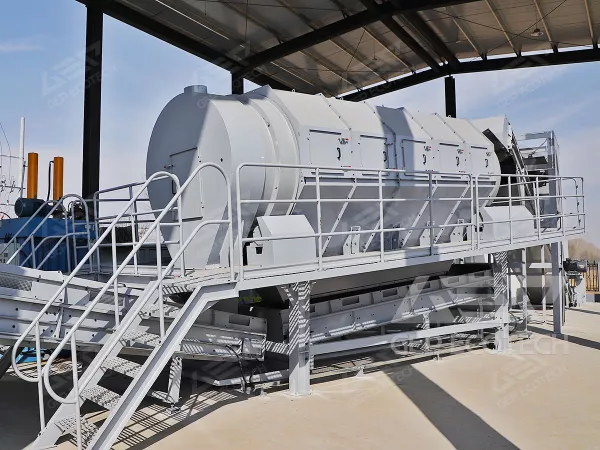
Trommel screen: using the particle size of the material to sort and screen out the residue
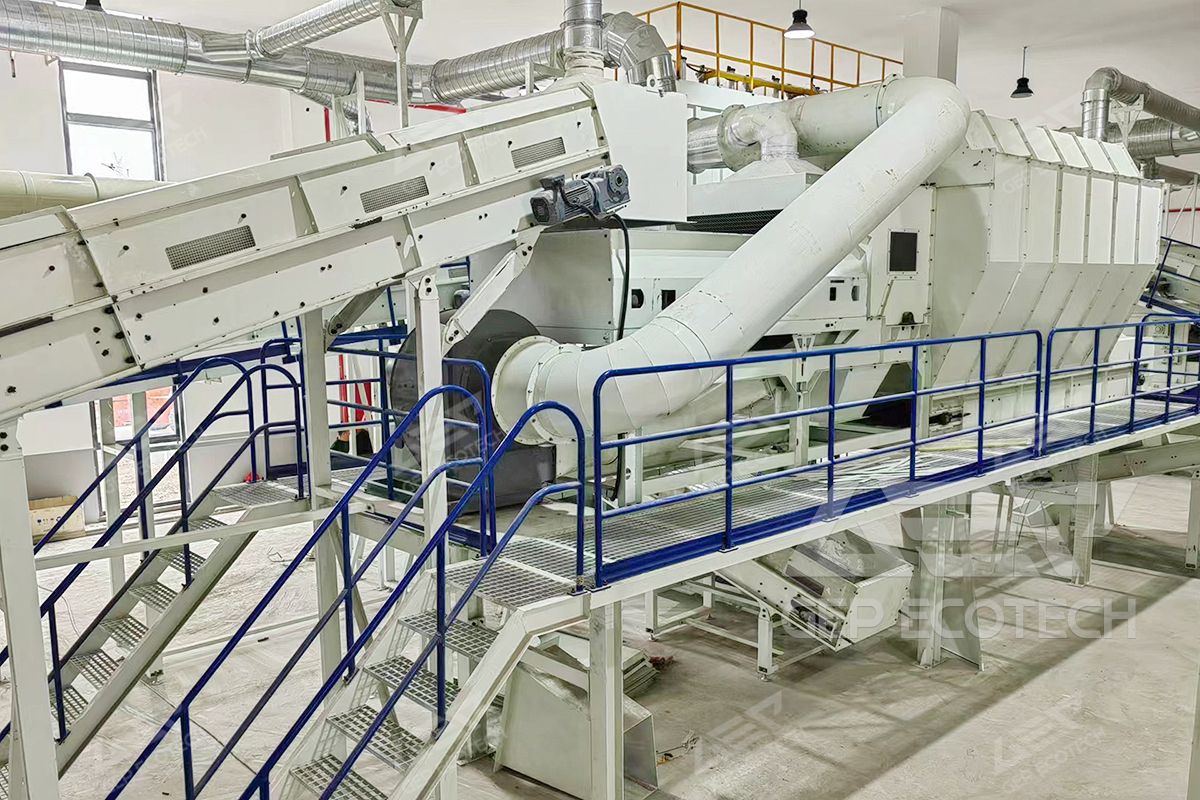
Wind separators: use the lightness and weight of the material for sorting, separating heavy materials from combustible light materials.
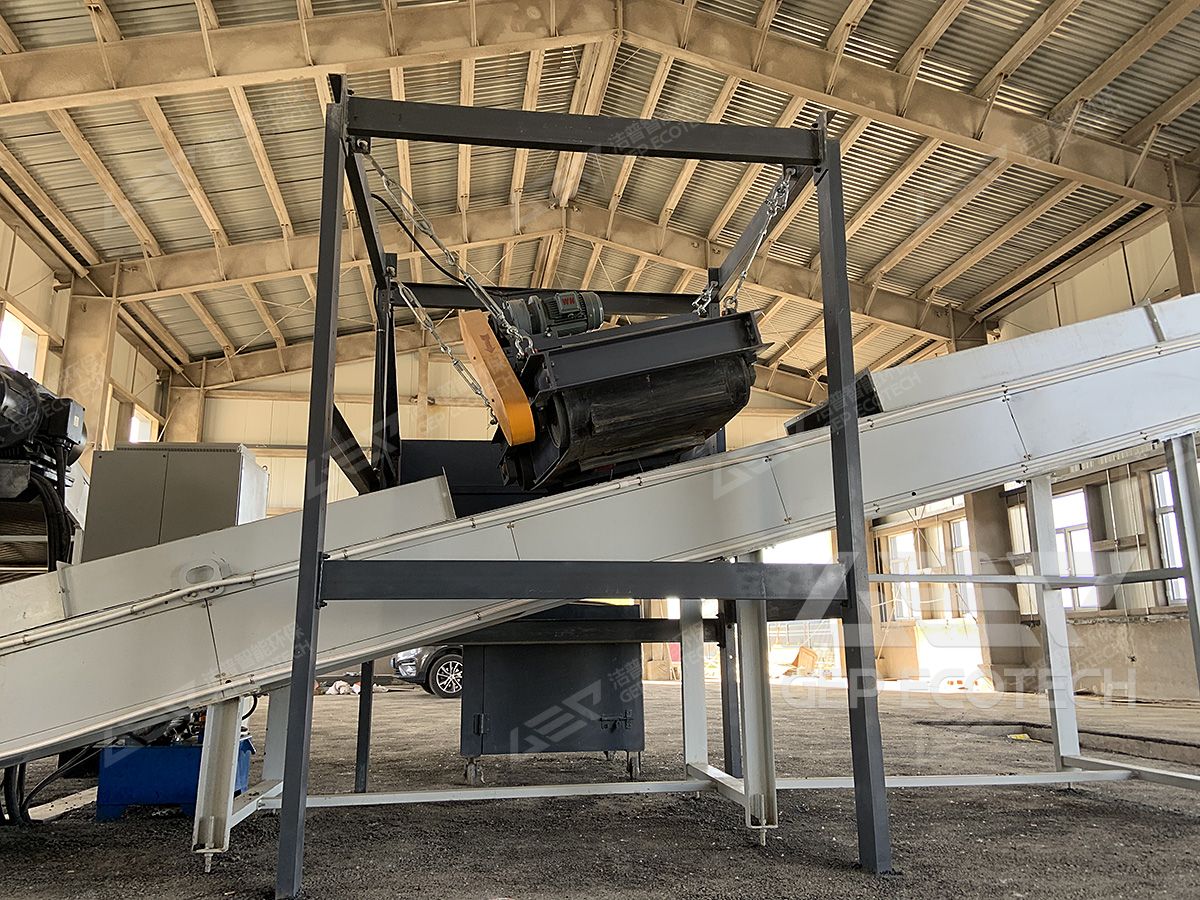
Magnetic separator: use strong magnetic field to adsorb and separate the iron in the material.
GEP ECOTECH, on the road of turning waste into resources firmly and steadily, may you walk with us side by side!

